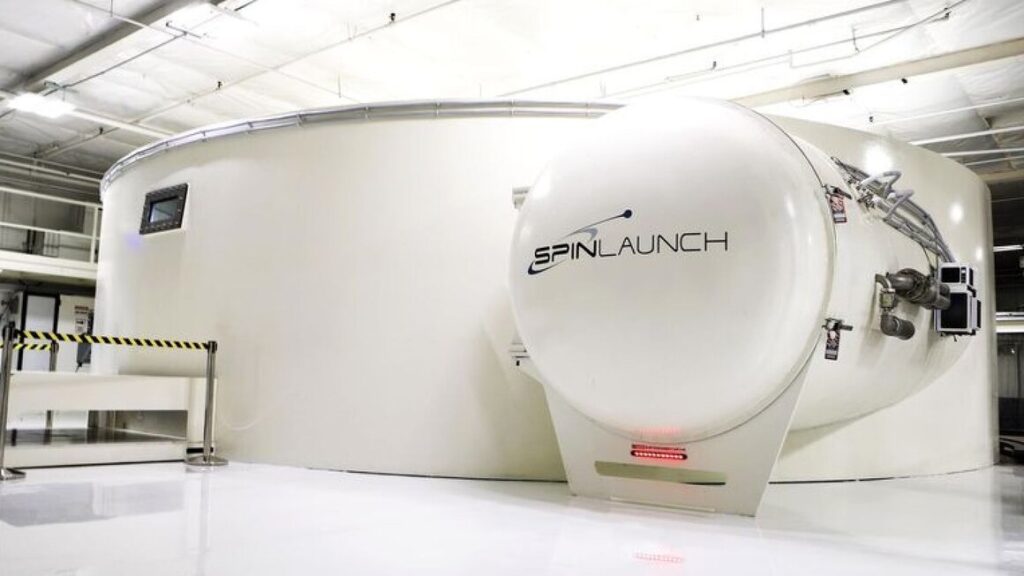
Scientists have discovered a new technique to launch rockets into space: by slingshotting them out of the Earth’s atmosphere. It may appear to be a “far-fetched sci-fi film,” but it’s no longer so.
“It’s a radically different way to accelerate projectiles and launch vehicles to hypersonic speeds using a ground-based system,” Jonathan Yaney, CEO of SpinLaunch, a California-based spaceflight technology company that has been involved in the development of the system, told CNBC. According to its website, the company aims to build “the world’s lowest-cost space launch system.”
The goal of constructing the concept is to make space exploration more ecologically friendly and affordable, especially at a time when space travel is becoming more popular.
According to Euroconsult, 990 satellites will be launched per year in this decade, up fourfold from the previous decade. The Bank of America estimated in October that the space economy will more than treble in size over the following ten years.

“By the middle of the century, things will have progressed even more. More countries will join the “space club,” and more space organisations will send astronauts to the International Space Station… Commercial companies will establish a permanent presence and explore a variety of new space-related activities…,” Matthew S. Williams, a professional scientific writer and science fiction novelist from Vancouver, wrote earlier this year.
Commercial space flight, space tourism, orbital space stations, and lunar homes are all likely to be a reality by 2050, according to him.
As thrilling as this idea may seem, it comes with significant environmental consequences, as rockets require a tremendous number of propellants to overcome gravity and escape the Earth’s atmosphere. “The energy required for rocket launches is provided by the combustion of these propellants… But [they] generate a slew of greenhouse gases in the process, including carbon dioxide, air pollution, water, chlorine, and other chemicals,” Saumya Kalia noted in The Swaddle.
“One to three tonnes of carbon dioxide is necessary for one long-haul airline travel,” Eloise Marais, an associate professor of physical geography at University College London, told The Guardian, equating it to the 200-300 tonnes required for a rocket launch.
The “slingshot” rocket concept isn’t beset with nearly as many environmental issues. This approach employs kinetic energy instead of fuel-based propellants to get rockets off the ground. According to Wired, they are “constructing a giant centrifuge to accelerate rockets and send them flying into space.”

Furthermore, vehicles launched in this manner are projected to sustain more weight since they are not required to accommodate large volumes of rocket fuel.
Yaney believes that by turning the “[conventional] rocket equation” on its head, they will be able to “dramatic[ally]” lower the size of the rocket, as well as the cost and complexity of the process.
In reality, the business SpinLaunch just completed the first launch test for its new model, which was deemed a success.
“So far, everything sounds real,” physicist and author Rhett Allain said, adding, “you shouldn’t build this in your backyard or anything, but from an engineering sense, it looks plausible.”




